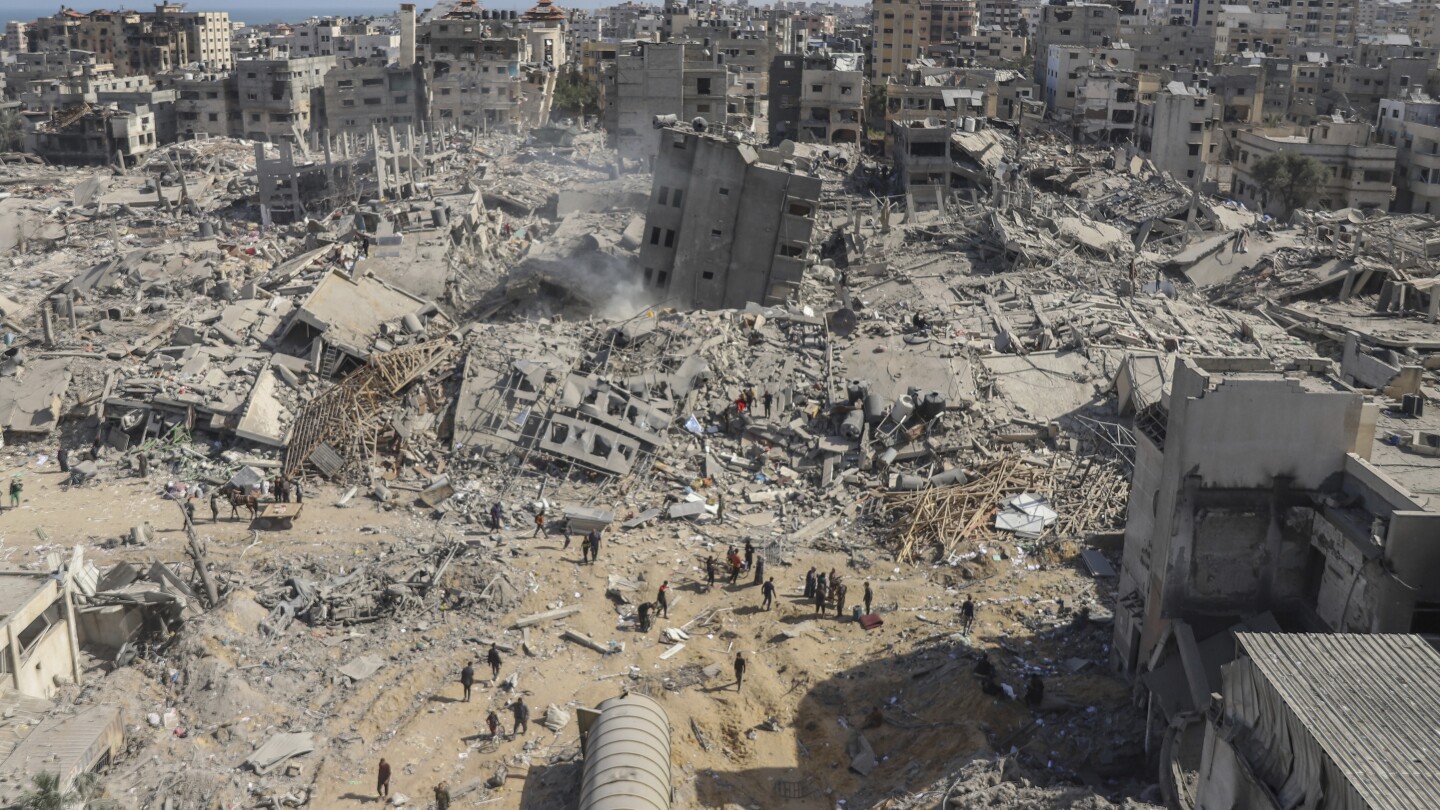cross-posted from: https://lemmy.ca/post/18836002
Two basic mistakes, according to the Israeli military. First, an officer overlooked a message detailing the vehicles in the convoy. Second, a spotter saw something in one car – possibly a bag – that he thought was a weapon. Officials say the result was the series of Israeli drone strikes that killed seven aid workers on a dark Gaza road.
The Israeli military has described the deadly strike on the World Central Kitchen convoy as a tragic error. Its explanation raises the question: If that’s the case, how often has Israel made such mistakes in its 6-month-old offensive in Gaza?
Rights groups and aid workers say Monday night’s mistake was hardly an anomaly. They say the wider problem is not violations of the military’s rules of engagement but the rules themselves.
In Israel’s drive to destroy Hamas after its Oct. 7 attacks, the rights groups and aid workers say, the military seems to have given itself wide leeway to determine what is a target and how many civilian deaths it allows as “collateral damage.”



This is the best summary I could come up with:
In Israel’s drive to destroy Hamas after its Oct. 7 attacks, the rights groups and aid workers say, the military seems to have given itself wide leeway to determine what is a target and how many civilian deaths it allows as “collateral damage.”
It reacted after the news channel Al Jazeera showed footage of one of the men falling to the ground while walking in an open area and then a bulldozer pushing two bodies into the garbage-strewn sand.
In December, after a strike killed at least 106 people in the Maghazi camp, the military said buildings near the target were also hit, likely causing “unintended harm to additional uninvolved civilians.” It also admitted soldiers mistakenly shot to death three Israeli hostages who were waving white flags after getting out of Hamas captivity in Gaza City.
In Israel’s ground assaults, troops are operating in urban environments, searching for Hamas fighters while surrounded by a population hunkering in their homes and in motion, trying to flee or find food and medical care.
Dr. Tanya Haj-Hassan, a doctor with Medical Aid for Palestinians who just returned from two weeks at a Gaza hospital, said staff regularly treated children and elderly shot by snipers.
Chris Lincoln-Jones, a former British intelligence staff officer who has worked in the defense industry including alongside an Israeli drone manufacturer, said the investigation showed unprofessional actions and poor command and control: “They don’t operate proper battle space management.”
The original article contains 1,230 words, the summary contains 240 words. Saved 80%. I’m a bot and I’m open source!